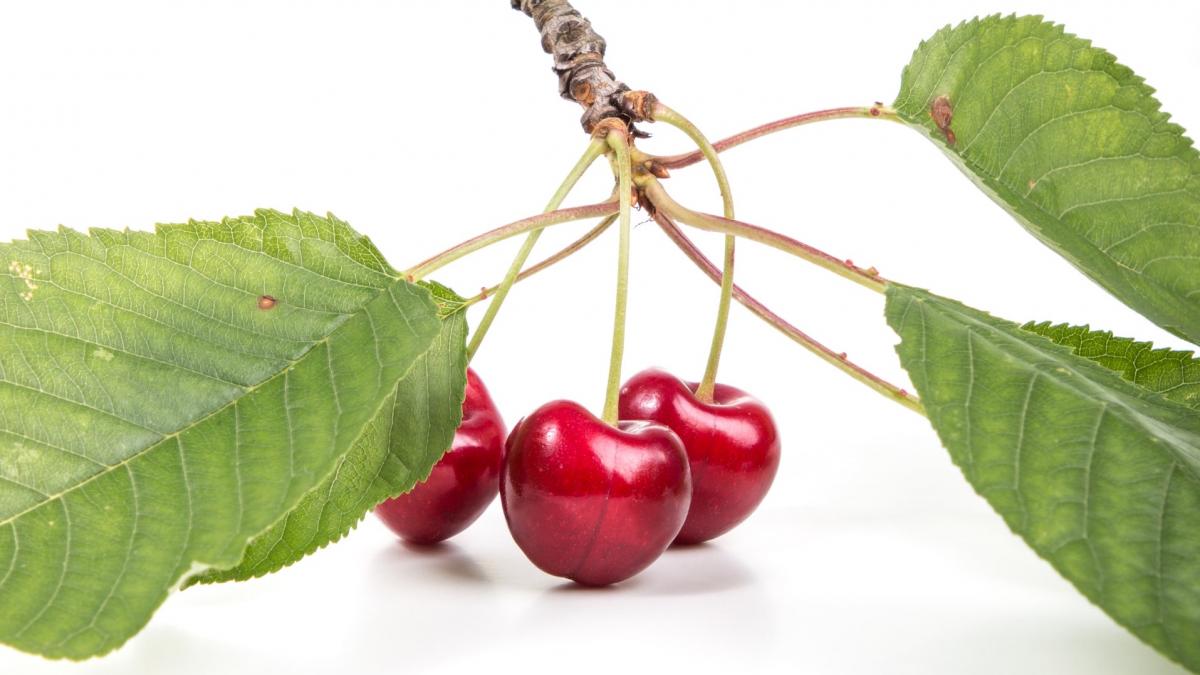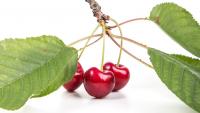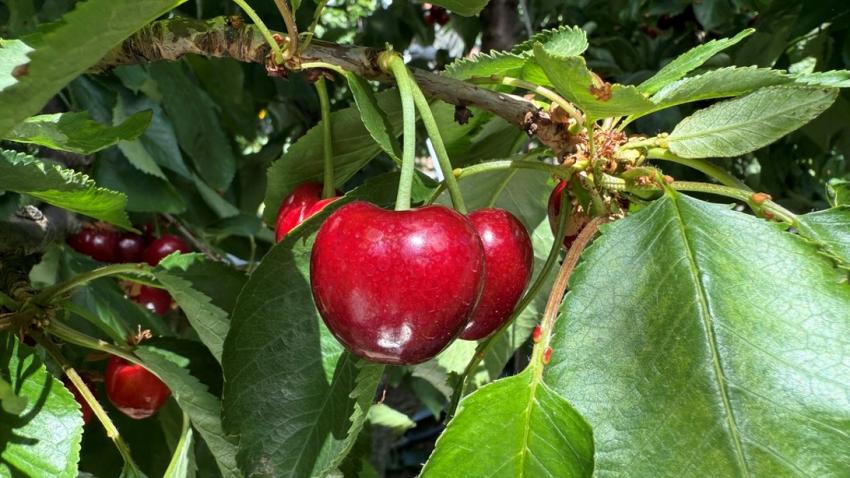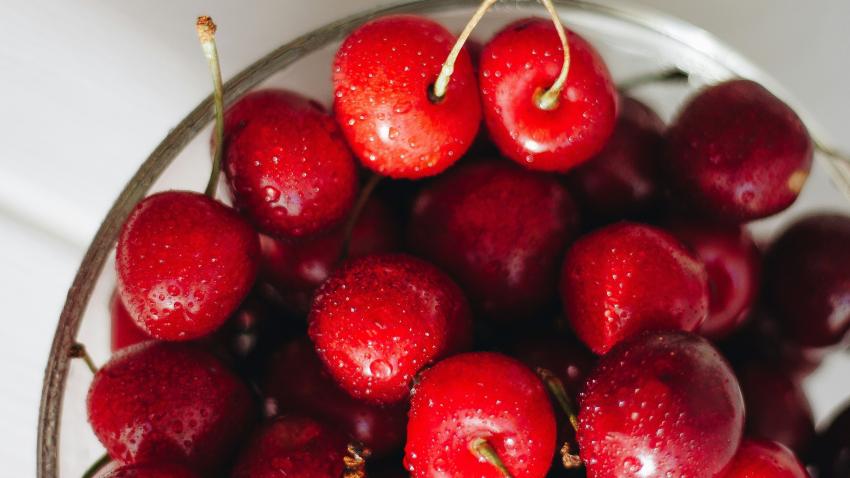You are here
Back to topPeru Hoping To Enter Cherry Business

At the most recent edition of Fruit Logistica in Berlin, Peru officially announced its plans to enter the cherry business. Trial production of the fruit is expected to begin in 2024.
Analysis of the feasibility of cherry cultivation in Peru dates back to 2018, when Viveros El Tambo, a Chilean company that also operates in Peru, began researching the possibility. This research was followed by 11 phytosanitary permits being granted for cherry propagation materials from abroad, primarily from Chile. The permits were issued in 2022, according to Peru’s National Agricultural Health Service (SENASA).
At present, the cherry propagation materials include leafless trees, stems and buds from Chile, trees from the United States, and seeds from France. According to SENASA, it is also planned to import trees of hybrid varieties from the United States, with negotiations on this currently underway.
Francisco Moraga, the general manager of Viveros El Tambo in Peru, stated that in recent years the company has conducted adaptation studies for five patented cherry varieties, and in November of this year it plans to distribute its first seedlings to partner producers around the country. The goal is to observe the adaptation of different cherry varieties in different areas. To speed up the trial period, Viveros El Tambo is aiming to obtain approval from SENASA to import rootstocks, which are expected to deliver faster results. Normally, cherry trees need at least three years of growth before they are mature enough to bear fruit.
According to Moraga, the project is still at the experimental stage, but commercial trials are scheduled to commence in 2024. The main challenges of cherry production in Peru are considered to be adaptation of the trees and reaching harvest before neighboring Chile in order to avoid overlapping export seasons.
Cherries were already being considered as a new export item for Peru several years ago. A pilot shipment of Peruvian cherries was supposed to depart for China in October 2021, but no further news followed. At that time, the trials were being conducted by the Peruvian company Complejo Agroindustrial Beta. Whether attributable to unforeseen cultivation challenges, pandemic-related disruptions or other reasons, the debut of Peruvian cherries on the international market and their anticipated export boom did not happen.
Together with cherry cultivation, Peru’s current agricultural strategy involves a “cleanup” of certain fruits that have recently become less favored by consumers. For example, oranges and mangos are expected to become less of a focus in the near future because they require peeling and are therefore considered more difficult to consume compared with ready-to-eat blueberries and cherries. With respect to mangos, the Peruvian Association of Mango Producers and Exporters recently announced that the country does not need to expand its mango-growing areas.
Peru’s projected agricultural sales for 2023, which were also announced at Fruit Logistica in February, stand at $200 million. Compared with the forecast for 2022, which was released during the previous edition of the trade show, this represents a decrease of $50 million. This drop is attributable to a combination of factors, including the current political crisis in Peru and increased fruit supplies from competitor countries, such as China for mandarins, South Africa for mangos, and Mexico for avocados and asparagus. Other important factors include the proximity of competitor states to Peru’s target markets and the increased costs of transportation and production inputs.
Image: Unsplash















Add new comment